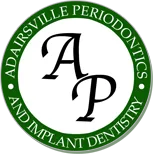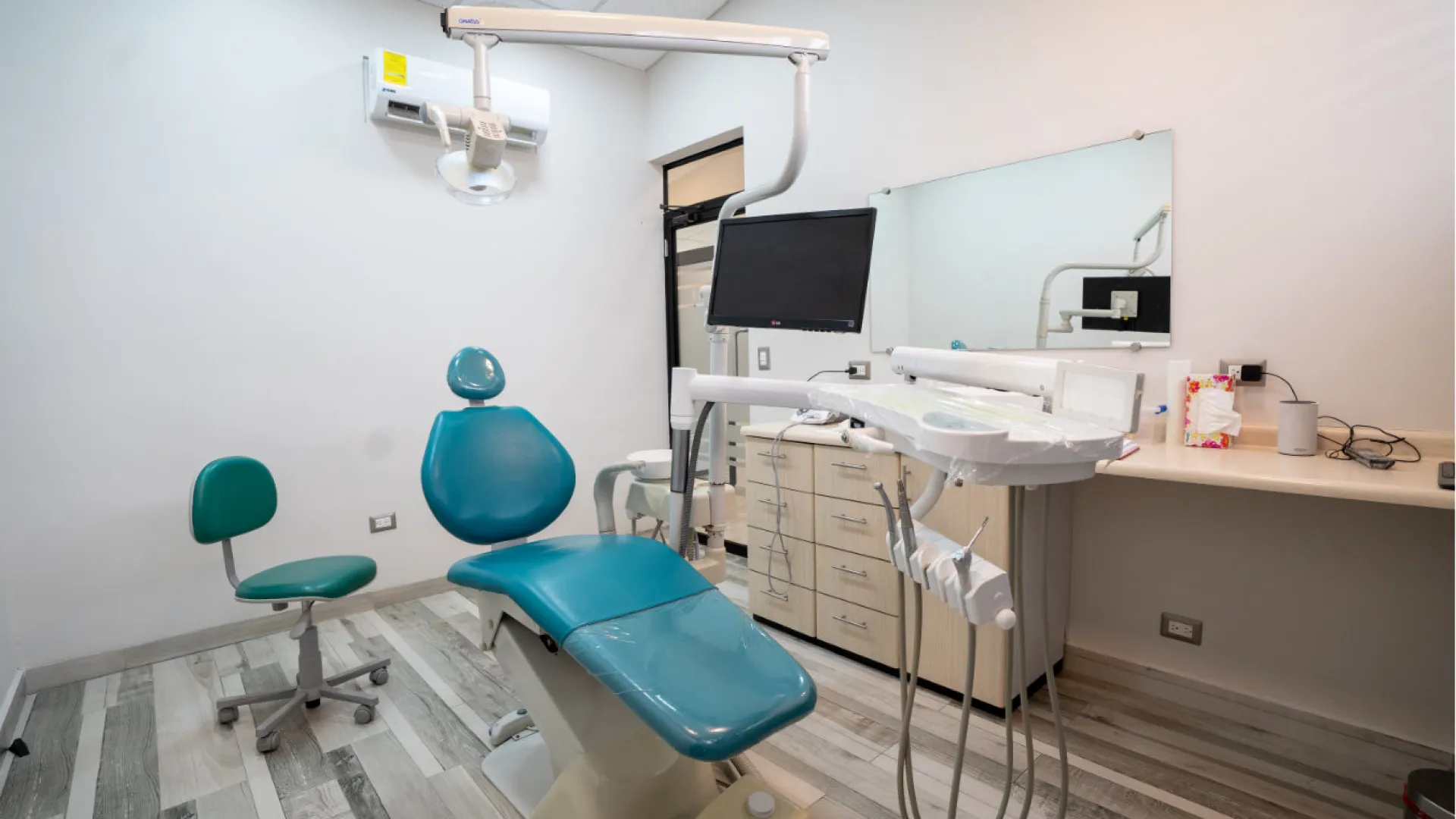
Periodontal Disease
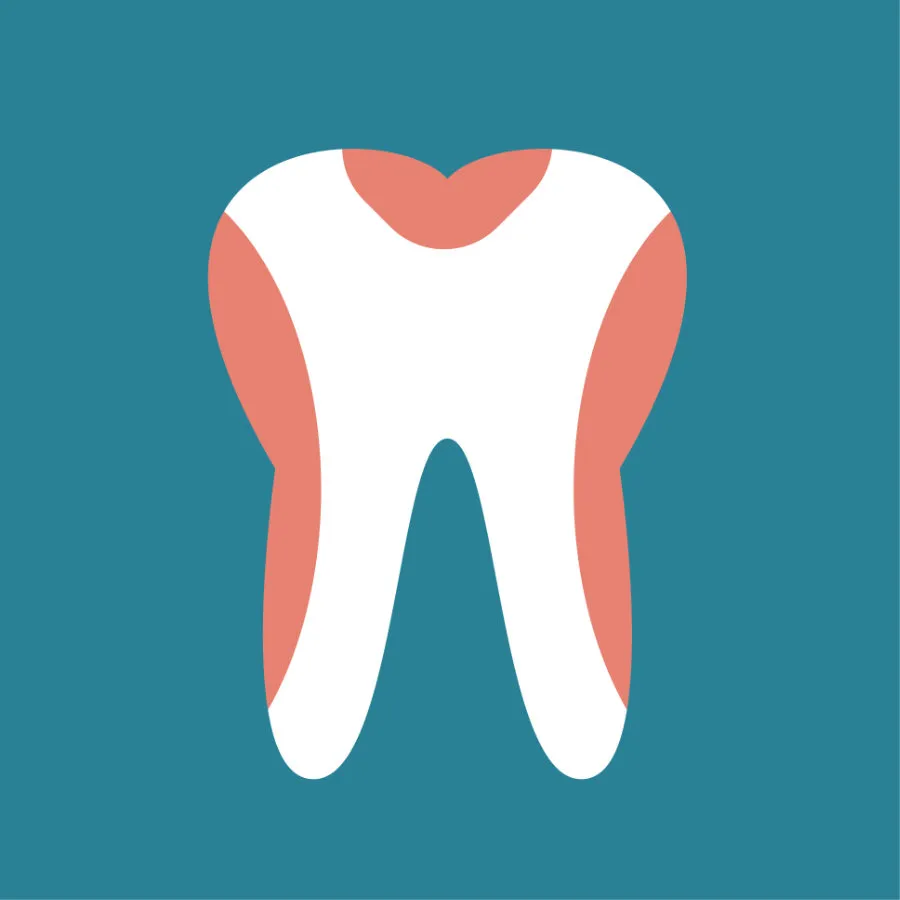
What Is Periodontal Disease?
Periodontal (Pyorrhea) Disease
Periodontal (Pyorrhea) Disease and dental caries (cavities) are the two major diseases of the mouth. These are found throughout all of the world's population. While dental caries, if untreated, can cause loss of all your teeth, periodontal disease is a serious inflammatory condition which not only causes loss of teeth by destroying the bone but also can have serious medical complications.
Signs You Have Periodontal Disease
If you're diagnosed with periodontal disease, your periodontist may recommend periodontal surgery. Periodontal surgery is necessary when your periodontist determines that the tissue around your teeth is unhealthy and cannot be repaired with non-surgical treatment.
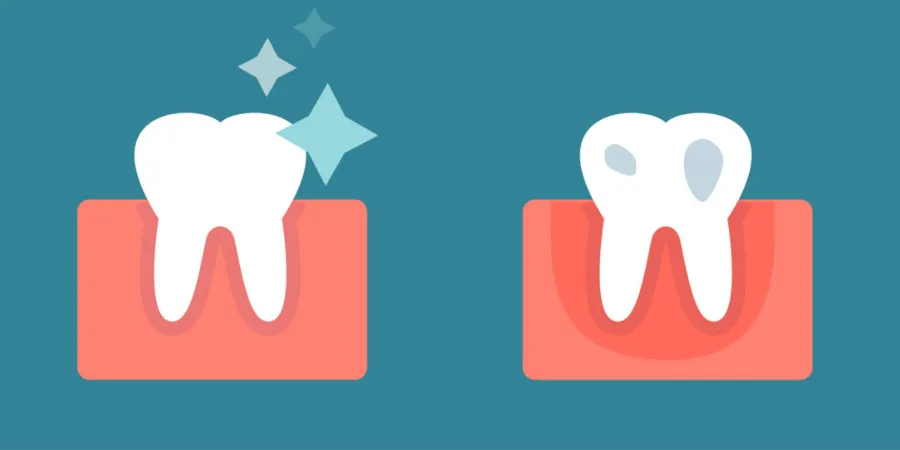
"Pockets" Around The Teeth
Your bone and gum tissue should fit snugly around your teeth like a turtleneck around your neck. When you have periodontal disease, this supporting tissue and bone are destroyed, forming "pockets" around the teeth.
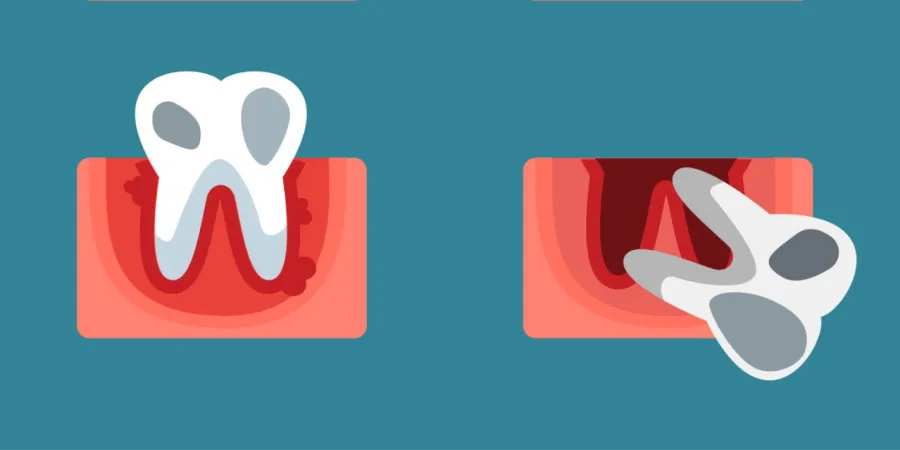
Gum Bleeding, Loose Teeth, and Bad Breath
Dental plaque is formed by bacteria which, if not removed from the teeth and gums daily, can cause the advanced disease. There is little pain with periodontal disease. Bleeding of the gums is the only sign at first, then loose teeth and bad breath.

Pocket Reduction Procedure
Over time, these pockets become deeper, providing a larger space for bacteria to live. As bacteria develop around the teeth, they can accumulate and advance under the gum tissue. These deep pockets collect even more bacteria, resulting in further bone and tissue loss. Eventually, if too much bone is lost, the teeth will need to be extracted.
Your periodontist has measured the depth of your pocket(s). A pocket reduction procedure has been recommended because you have pockets that are too deep to clean with daily at-home oral hygiene and a professional care routine.
About The Procedure
During this procedure, your periodontist folds back the gum tissue and removes the disease-causing bacteria before securing the tissue into place. In some cases, irregular surfaces of the damaged bone are smoothed to limit areas where disease-causing bacteria can hide. This allows the gum tissue to better reattach to healthy bone.
What are the benefits of this procedure?
Reducing pocket depth and eliminating existing bacteria are important to prevent damage caused by the progression of periodontal disease and to help you maintain a healthy smile. Eliminating bacteria alone may not be sufficient to prevent disease recurrence. Deeper pockets are more difficult for you and your dental care professional to clean, so it's important for you to reduce them.
Reduced pockets and a combination of daily oral hygiene and professional maintenance care increase your chances of keeping your natural teeth—and decrease the chance of serious health problems associated with periodontal disease. A more detailed explanation of periodontal treatment can be found on the American Academy of Periodontology website at www.perio.org.
Customized Acrylic Nightguard
Periodontal disease treatment also includes night grinding and clenching. This causes inflammation of the supporting tissues of the teeth. The placement of a customized acrylic nightguard helps to protect the dentition from these abusive forces.
